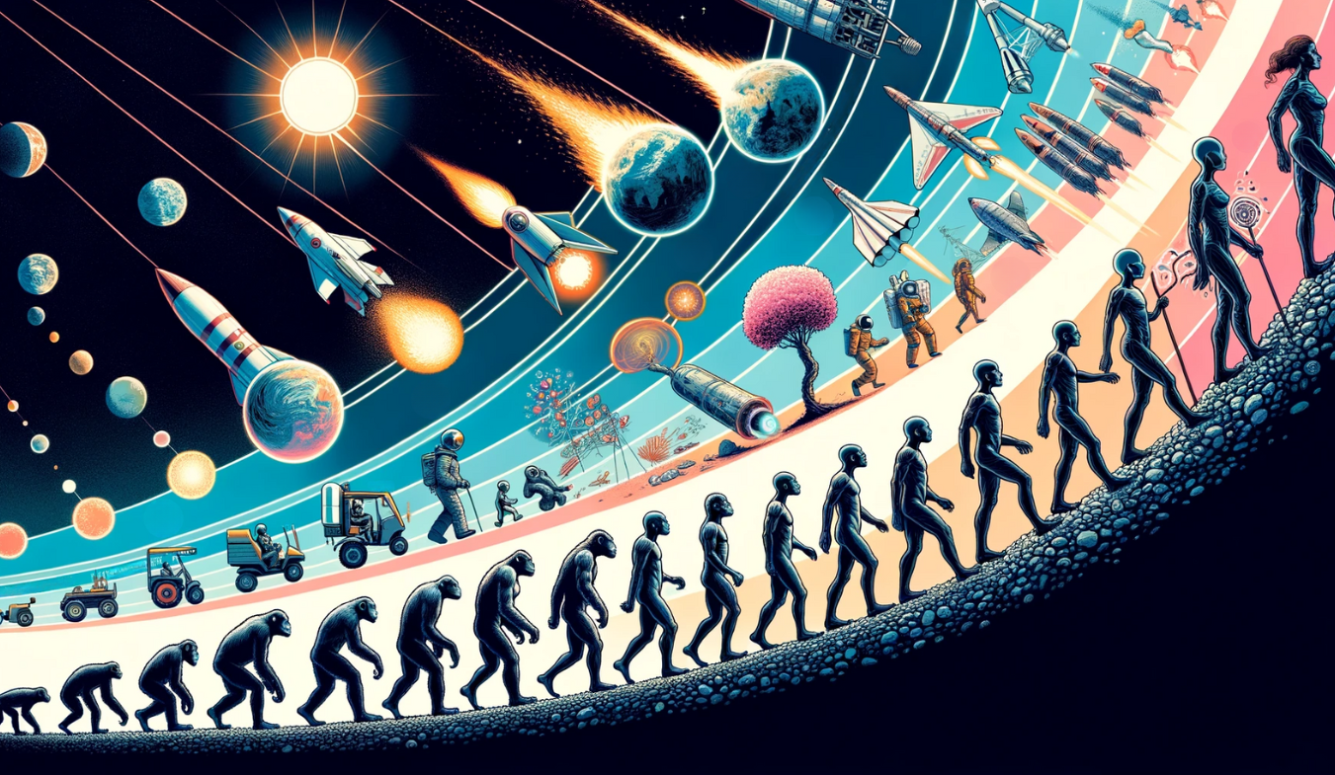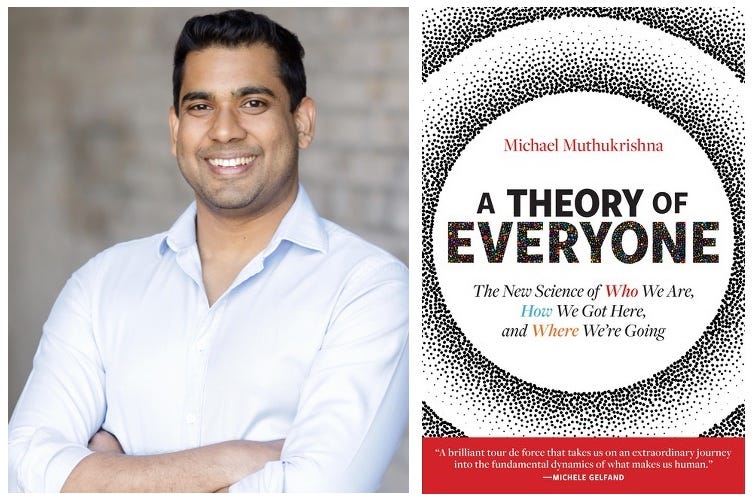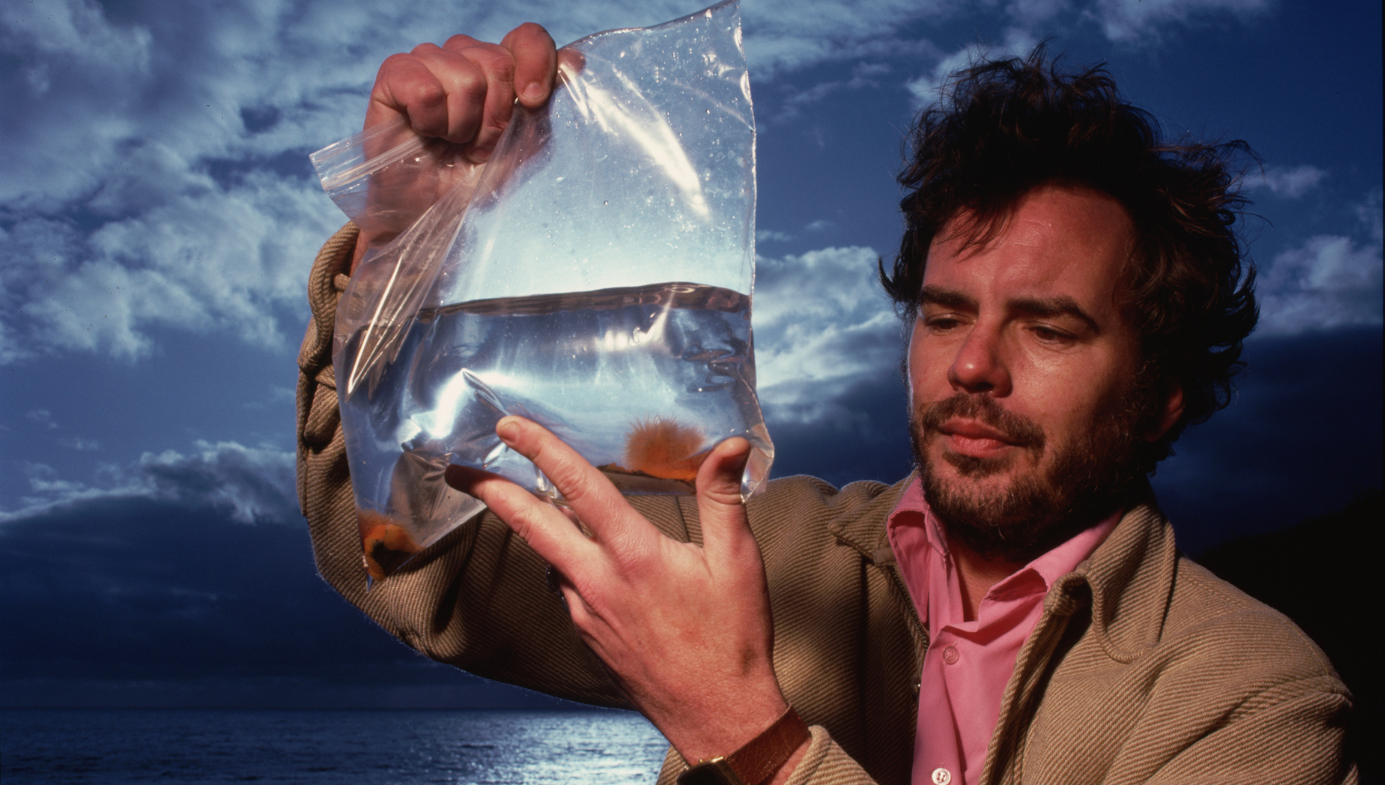Science / Tech
Destiny of Earth
Muthukrishna’s new book presents a fundamentally optimistic narrative, brimming with ideas and concepts.

A review of A Theory of Everyone: The New Science of Who We Are, How We Got Here, and Where We’re Going by Michael Muthukrishna, 448 pages, The MIT Press (October 2023)
The relationship between the author and a book is not always straightforward. Japanese-British novelist Kazuo Ishiguro and his magical realist narrative of post-Roman Britain, The Buried Giant, have no obvious connection, even though the Nobel Prize-winner spun a captivating yarn. But sometimes the correspondence between the writer and what they write jumps out at you. The London School of Economics and Political Science’s Michael Muthukrishna is a “third-culture kid” whose peripatetic life seems to be consonant with the sprawling and multidisciplinary nature of his new book, A Theory of Everyone: The New Science of Who We Are, How We Got Here, and Where We’re Going.
Of Sri Lankan origin (and distant Dutch heritage), Muthukrishna has been shaped by his time in Papua New Guinea, Australia, Canada, and now the United Kingdom; different cultures that illustrate both human universality and difference. Long before Muthukrishna became a prolific scholar in cultural evolution, a synthesis of theoretical evolutionary biology and empirical anthropology, he was forced to be a student of human social and political diversity by his upbringing. All third-culture kids are acculturated into being both sociologists and anthropologists, occupying the gray land between being insiders and outsiders.

But A Theory of Everyone is not just a book about human culture. Just as Muthukrishna’s early childhood reflects range in geography, his young adulthood was characterized by journeys across disciplinary boundaries. Following undergraduate degrees in psychology and computer science, he spent several years working as a software engineer. Looking for new challenges, he then enrolled as a graduate student at the University of British Columbia to study cultural evolution under Joe Henrich, applying formal mathematical models to individual human behavior and the aggregate choices of societies. One of the major questions in this field is how humans evolved to cooperate and produce such highly complex social systems, rivaled only by social insects.
In the late 20th century, the evolutionary focus was on individual preferences, behaviors, and interests, from W.D. Hamilton’s inclusive fitness to Robert Trivers’s game-theoretic reciprocal altruism. The key to this way of looking at human cooperation is that they analyzed human action on the level of the individual, and were congruent with the economic theory of the rational actor. But in the 1980s and 1990s, Marcus Feldman, Peter Richerson, and Robert Boyd fused population genetic modeling with empirical data from cultural anthropology and expanded the scope of analysis to groups and even entire cultures.

What The Selfish Gene was for the 1970s, Henrich’s The Secret of Our Success was for the 2010s, exposing the public to the latest findings in evolutionary biology and illustrating their relevance to the concrete and complex world that humans have created. And yet Muthukrishna’s narrative in A Theory of Everyone does not simply hinge on human cooperation, though it is an essential component of his all-encompassing model. Befitting a book with such an ambitious title, A Theory of Everyone highlights cooperation and complexity more generally than our species, and also makes clear the importance of the energy necessary to fuel the self-organization of living organisms on our planet.
Though the concerns of A Theory of Everyone are human, its framework and implications are both global and galactic. Muthukrishna starts at the beginning, with the initiation of life on earth, and scales up from elemental inputs to structural complexity. The “everyone” in the title implicitly includes our multicellular ancestors, who engaged in biological innovation by switching from anoxic to oxygen-driven metabolization, releasing massive amounts of energy in the transition, and the development of a tubular body plan, which we maintain today.
The through-line across the book, from the deep past via the present to the far future, is energy—the power to drive life and the civilization that intelligence creates, innovations to leverage that energy, and cooperation to channel our creativity and squeeze efficiencies out of the power that we unlock. Muthukrishna argues that without copious energy, a complex and dynamic world is not possible. The transition to aerobic respiration 2.3 billion years ago occurred in the wake of the extinction of the old anaerobic ecologies. But it is no coincidence that what we think of as complex life emerged after the transition; oxygen-driven metabolization releases 10 times more energy, enabling the innovation of the Cambrian Explosion.
The same logic applies to human societies. The shift from humans to beasts of burden unlocked massive amounts of muscle power; a draft horse can pull thousands of pounds. But the industrial revolution resulted in orders of magnitude more energy availability, as a kilogram of coal released ten times more joules of power than a powerful horse could over an hour. Over the last few centuries though, humanity has ascended up the curve of energy density rapidly; Muthukrishna points out that a one-inch cube of uranium has as much energy as 120 gallons of oil and a ton of coal.
But there is “no free lunch,” and all energy requires input energy to extract. This is “energy return on investment,” and A Theory of Everyone tackles this topic in great depth. The reason that this is so important is that energy is the “first law of life” articulated by Muthukrishna, and the ceiling of complexity of life is constrained by the availability of energy. When the first law is no longer a constraint, the second law, the “law of innovation” becomes critical. What can you do with the energy you have most efficiently? Without both more energy and more innovation we face a stagnant future as a species and a planet.
Much of A Theory of Everyone seems to be intended to show how we can leverage our capabilities as a species, for in many ways we are the culmination of complexity-driving multicellular life. Our destiny is the destiny of Earth. A Theory of Everyone isn’t a didactic or teleological book, but a deep humanism lurks implicitly under the surface of every chapter. Muthukrishna presents a fundamentally optimistic narrative, brimming with ideas and concepts. A Theory of Everyone serves as a reality-based check on overly pessimistic or bearish works that see the end of human civilization and the diminution of our creative energies.
Muthukrishna stands firmly against “degrowth economics,” a field taking root in his home continent of Europe, and imagines a future of species’ senescence. Like many empirically driven analyses of how humans can remain outside of the bounds of the Malthusian world, A Theory of Everyone is bullish on the future of nuclear energy, with dreams of a fusion-powered civilization. But Muthurkrishna’s synoptic view is realistic in that we need to maintain and improve our social technology to make it to that future. The ultimate message is that we need to continue to find the energy that can drive innovation and enable cooperation, and finally transcend the limitations of being a global species into becoming an interplanetary one.

More from the author.






